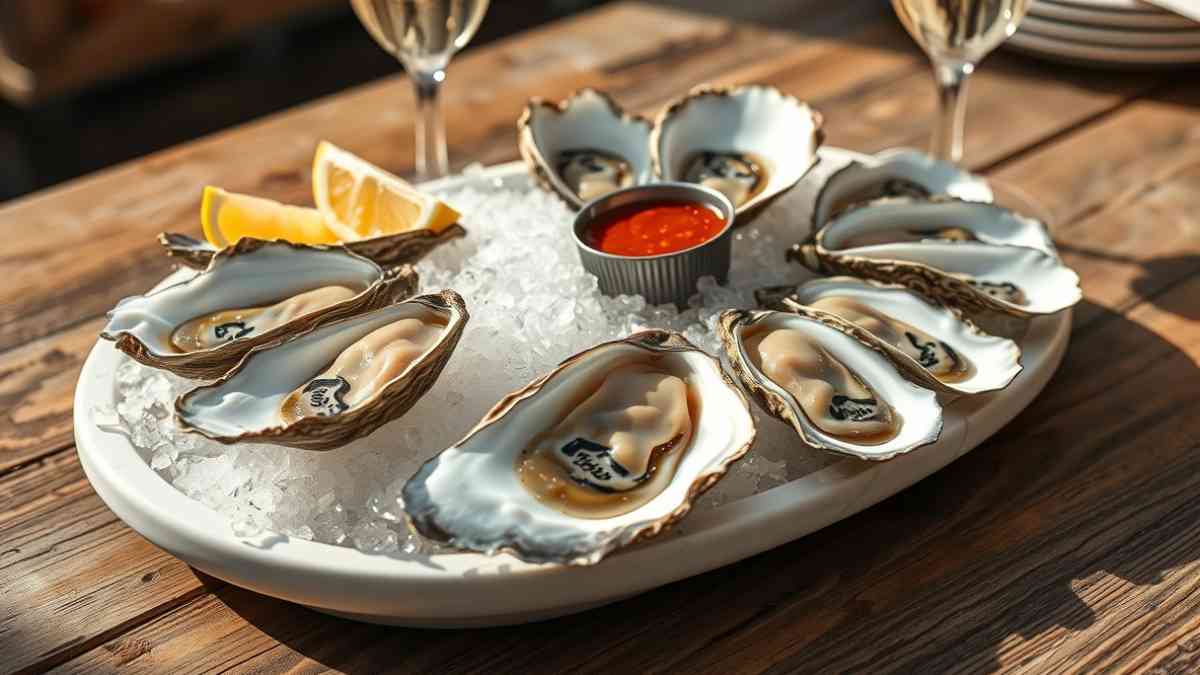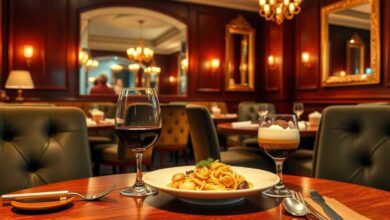Gillardeau Oysters: The World’s Most Luxurious Shellfish Unveiled

Among the elite echelon of gourmet seafood, one name consistently rises above the rest: Gillardeau oysters. Known for their impeccable quality, distinctive flavor, and centuries-old cultivation methods, Gillardeau oysters are considered the gold standard in the world of shellfish. Whether served raw on a bed of ice or delicately prepared in a high-end restaurant, these oysters have earned their place on the plates of culinary connoisseurs across the globe.
A Legacy Rooted in Excellence
The story of Gillardeau oysters begins in 1898, when Henri Gillardeau laid the foundation for what would become a prestigious name in oyster farming. Based in Bourcefranc-le-Chapus near La Rochelle, France, the family-owned operation has been passed down through four generations. With each generation, the Gillardeau family has honed its techniques, elevating oyster farming from a trade to a meticulous art form.
What sets Gillardeau oysters apart is the unwavering commitment to quality at every stage of production. This isn’t mass-market aquaculture; it’s a carefully curated process that blends tradition with innovation.
The Unique Farming Process
Gillardeau oysters are Pacific oysters (Crassostrea gigas) raised using time-intensive and highly controlled methods. The process begins in nutrient-rich waters of Normandy and Ireland, where the oysters spend their early years feeding and growing.
Once they reach a certain maturity, they are transferred to the Marennes-Oléron basin in southwestern France for the final refining stage. Here, the oysters undergo a transformation in “claires,” shallow salt ponds that enhance their flavor, texture, and appearance. This finishing touch gives Gillardeau oysters their signature plumpness and slightly sweet, briny taste.
To ensure authenticity, each oyster is laser-engraved with the Gillardeau “G” on the shell—a practice introduced to combat counterfeit products and maintain brand integrity.
Flavor Profile: A Symphony of the Sea
Taste is where Gillardeau oysters truly shine. Their flavor is a harmonious blend of marine freshness, delicate sweetness, and a nutty, mineral-rich finish. Unlike ordinary oysters that may lean heavily into salinity, Gillardeaus strike a balance that appeals to refined palates.
They are firm yet tender, meaty without being chewy. Connoisseurs often describe subtle notes of cucumber, hazelnut, and seaweed, all wrapped in a smooth, buttery mouthfeel. This unique taste experience is what makes them a staple in Michelin-starred restaurants and elite culinary events.
Grading and Sizing: Understanding Calibers
Gillardeau oysters are categorized by size, referred to as “calibers.”
- Caliber 0: The largest and most sumptuous, ideal for sashimi-style presentations.
- Caliber 1: Exceptionally meaty, offering a rich and indulgent experience.
- Caliber 2: Considered the perfect balance between texture and flavor.
- Caliber 3: Commonly served in bistros, providing an authentic French oyster experience.
- Caliber 4 (Papillon): Smaller, crispier, and often chosen for elegant appetizers.
This grading system helps buyers and chefs select the oyster that best suits their culinary needs and presentation preferences.
Why They’re So Expensive
Gillardeau oysters come with a premium price tag—and rightly so. The cost reflects the attention to detail, time, and labor involved in their production. Unlike industrially farmed oysters, Gillardeaus are handled with care at every stage, with regular sorting, cleaning, and monitoring.
Additionally, the brand invests in environmental sustainability, controlling the salinity and cleanliness of their refining ponds and employing natural feeding techniques. These efforts contribute to the superior quality and safety of the oysters.
Serving and Pairing Suggestions
To truly appreciate Gillardeau oysters, simplicity is key. Served chilled on a bed of crushed ice with lemon wedges or mignonette sauce, their natural flavor takes center stage.
Pairing them with the right drink enhances the experience:
- Champagne: The bubbles and acidity complement the oyster’s creaminess.
- Sancerre or Chablis: Dry white wines that echo the oyster’s mineral notes.
- Sake: Offers a clean, umami-rich contrast that elevates the brininess.
For an elevated presentation, they can be topped with a dab of caviar or a light vinaigrette, but purists often prefer them untouched.
Culinary Use in Fine Dining
Renowned chefs around the world incorporate Gillardeau oysters in inventive ways. From oyster tartare to tempura-fried oysters with delicate sauces, the possibilities are endless. Yet, even in their most dressed-up forms, the focus remains on preserving the natural integrity of the oyster.
Restaurants like Le Bernardin in New York and Alain Ducasse’s establishments in Paris have featured Gillardeaus as highlights on their menus. Their prestige isn’t just about flavor; it’s about the story, the craftsmanship, and the experience they bring to the table.
How to Store and Handle Them
Proper handling ensures that Gillardeau oysters retain their quality:
- Storage: Keep them in the refrigerator at a temperature between 4°C and 8°C. Do not store them in airtight containers.
- Shelf Life: Best consumed within 8-10 days of harvest.
- Shucking: Use an oyster knife and cut at the hinge. Protect your hand with a thick cloth or glove.
Once opened, oysters should be eaten promptly to preserve their freshness and safety.
Health Benefits of Gillardeau Oysters
Besides their luxurious taste, Gillardeau oysters are packed with nutrients. They are high in protein, low in calories, and rich in omega-3 fatty acids. Minerals such as zinc, iron, and selenium make them an excellent addition to a healthy diet.
Their antioxidant properties and heart-health benefits make them more than just a gourmet indulgence—they’re a smart choice for wellness-conscious food lovers.
Environmental and Ethical Farming
The Gillardeau family places a strong emphasis on environmental responsibility. Their sustainable practices include:
- Water Quality Monitoring: Ensures clean and safe habitats.
- Natural Feeding: Oysters feed on naturally occurring plankton.
- Biodiversity Support: Refined ponds serve as ecosystems for multiple species.
These efforts not only protect marine environments but also ensure that future generations can enjoy oysters of the same caliber.
Global Reach and Prestige
Though rooted in French tradition, Gillardeau oysters have become a global phenomenon. They are available in high-end seafood markets, luxury hotels, and gourmet restaurants around the world. Their popularity continues to grow in Asia, particularly in Japan and Hong Kong, where seafood quality is taken extremely seriously.
Whether you are in Paris, Tokyo, or New York, encountering Gillardeau oysters is a mark of exceptional dining.
Conclusion
Gillardeau oysters are more than a delicacy—they are a celebration of craftsmanship, nature, and gastronomy. Their rise to global fame is not merely a result of marketing, but of consistent quality and an unwavering dedication to the art of oyster farming.
For anyone seeking the pinnacle of oyster experiences, Gillardeau is the name to remember. With each shell you open, you’re not just tasting seafood; you’re savoring a legacy over a century in the making.
Experience the elegance of Gillardeau oysters—taste luxury today.



